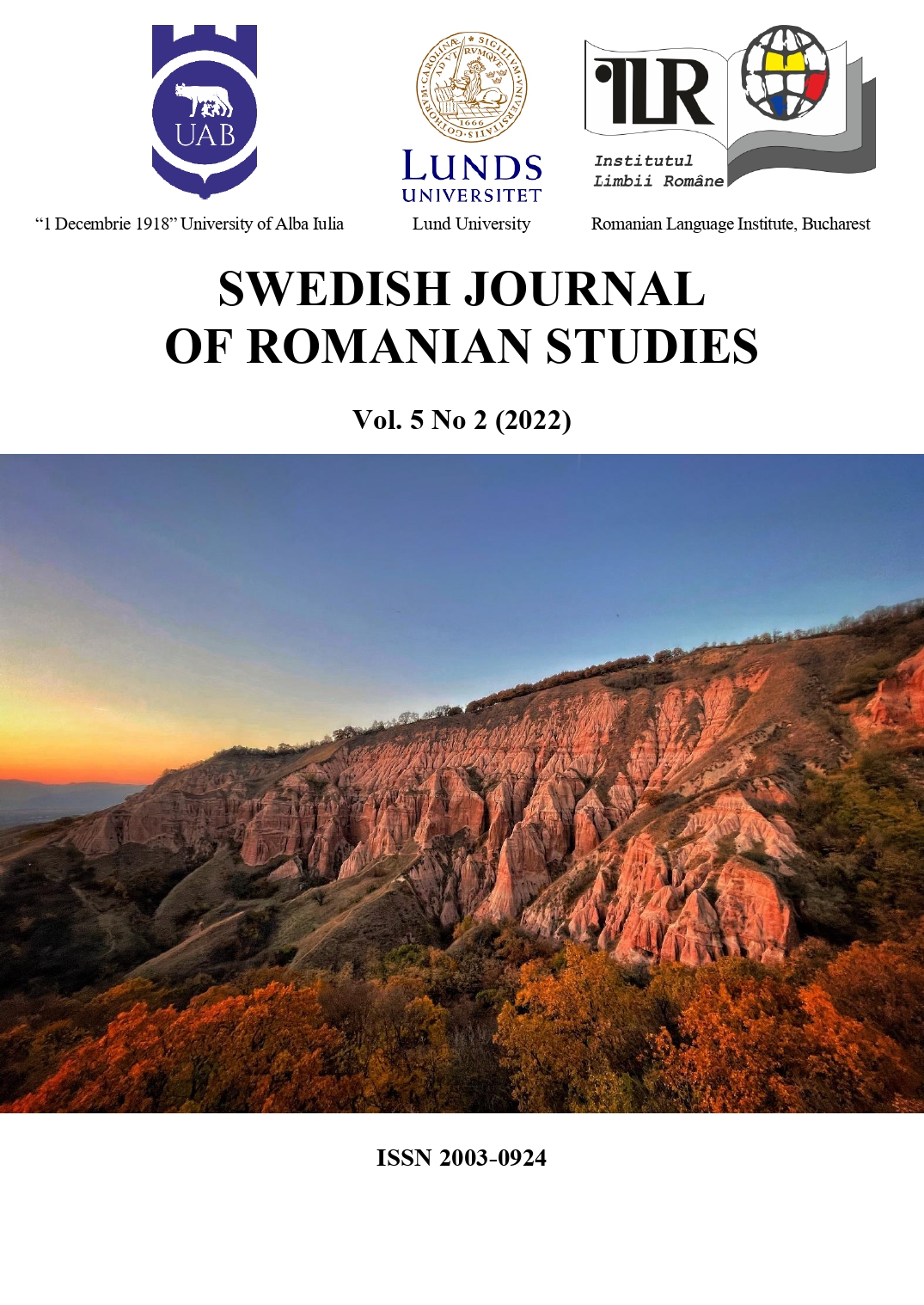Representations of Indian ascetics: from Johann Martin Honigberger’s memoir to early twentieth century Romanian newspapers and journals
Representations of Indian ascetics: from Johann Martin Honigberger’s memoir to early twentieth century Romanian newspapers and journals
Author(s): Ayusman Chakraborty, Dana RadlerSubject(s): Cultural history, Media studies, Anthology, Ethnohistory, Local History / Microhistory, Comparative Studies of Religion, Romanian Literature, Cultural Anthropology / Ethnology, Culture and social structure , Sociology of Culture, 19th Century, Interwar Period (1920 - 1939), Ethnic Minorities Studies, Translation Studies, Sociology of Religion, British Literature, Sociology of Literature
Published by: Språk- och litteraturcentrum, Lunds Universitet
Keywords: Indian ascetics; East-European travellers; Johann Martin Honigberger; Romanian periodicals;
Summary/Abstract: In recent times, Indian ascetics have become pop icons due to the influence of visual entertainment media. Outside their country of origin, they are often negatively stereotyped to foster derogatory understandings of the Others and their cultures. In this paper, we will focus on representations of Indian ascetics. Starting with their early depictions in the memoir of the Transylvanian physician Dr Honigberger, we will examine their representations in Romanian newspapers and journals. In order to account for Romanian interest in ascetics from a faraway land, this paper will take into consideration the historical developments that led to the growth of European interest in them. Through a comparison between nineteenth century British (Osborne 1840) and East-European (Honigberger 1851, 1852) writings on Indian ascetics, we will try to understand whether conceptualization of Indian ascetics in Romanian-speaking territories differed in any way from that of the British colonizers in India. The paper will then move on to examine how the Romanian press conceptualized these ascetics. Evidences point to the fact that the Romanian press became interested in Indian ascetics, erroneously generalized as fakirs, from ca. 1900 to 1940. Analysing Romanian journal and magazine articles on Indian fakirs, which till now remain untranslated into English, this article will try to show how the Romanian press conceived of the ascetics of a faraway country. Our research methodology is based on text analysis, relying on a broader cultural perspective. For the purpose of this paper, we have selected a series of article samples, taking into consideration diversity in terms of regions (southern Romania and Transylvania), as well as the most relevant period (1906-1935). The interest in Indian sadhus and their doings basically emerged starting with the mid-nineteenth century. Yet over the following decades accounts have changed in terms of focus. While nineteenth century authors were primarily concerned with the physical aspects of their work, texts written in the first decades of the twentieth century suggest that journalists and writers generally looked at the more surprising and entertaining side of fakirs’ actions. Finally, the paper suggests why Romanian press lost interest in Indian ascetics after the 1940s.
Journal: Swedish Journal of Romanian Studies
- Issue Year: 5/2022
- Issue No: 2
- Page Range: 38-56
- Page Count: 18
- Language: English

